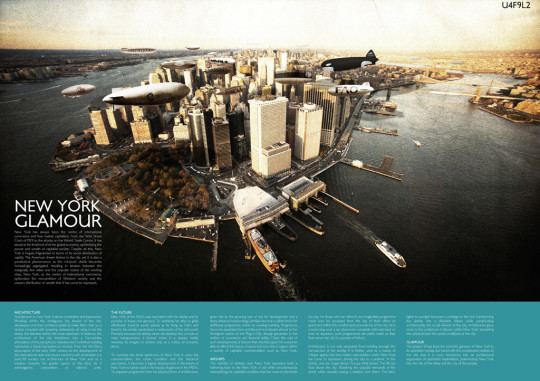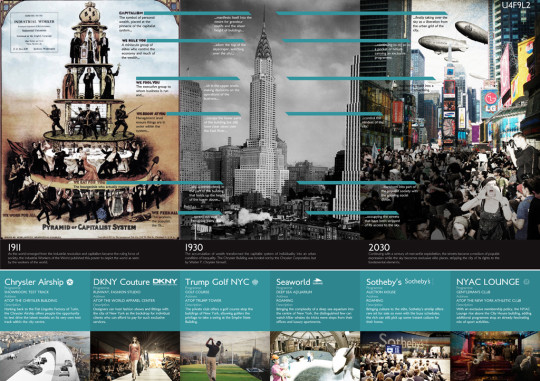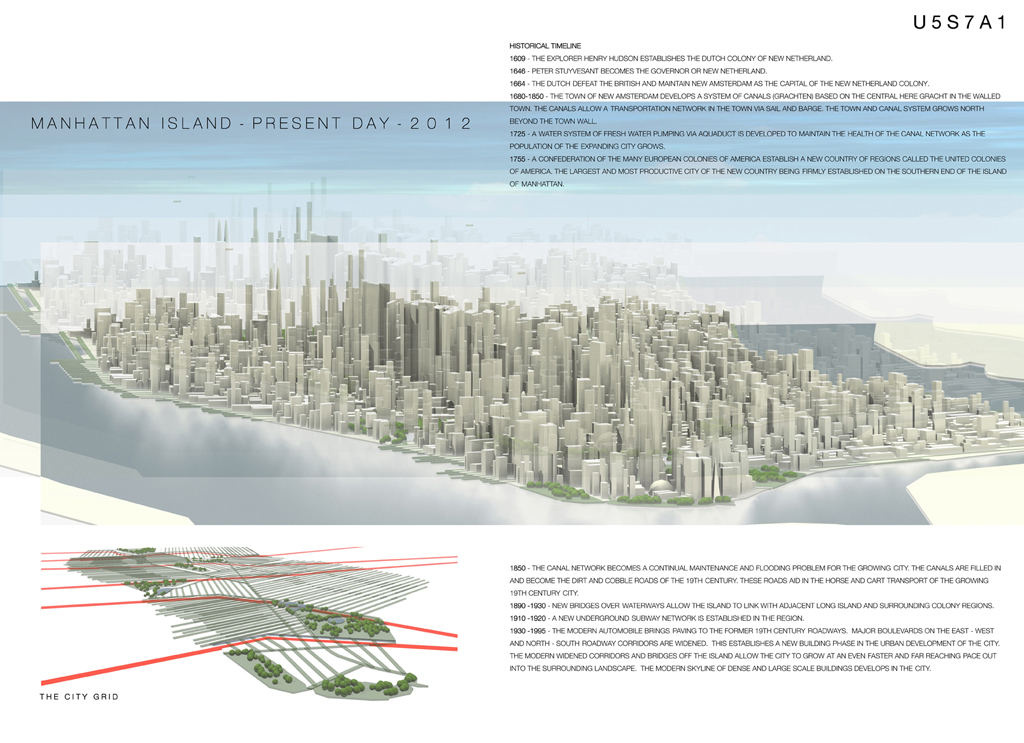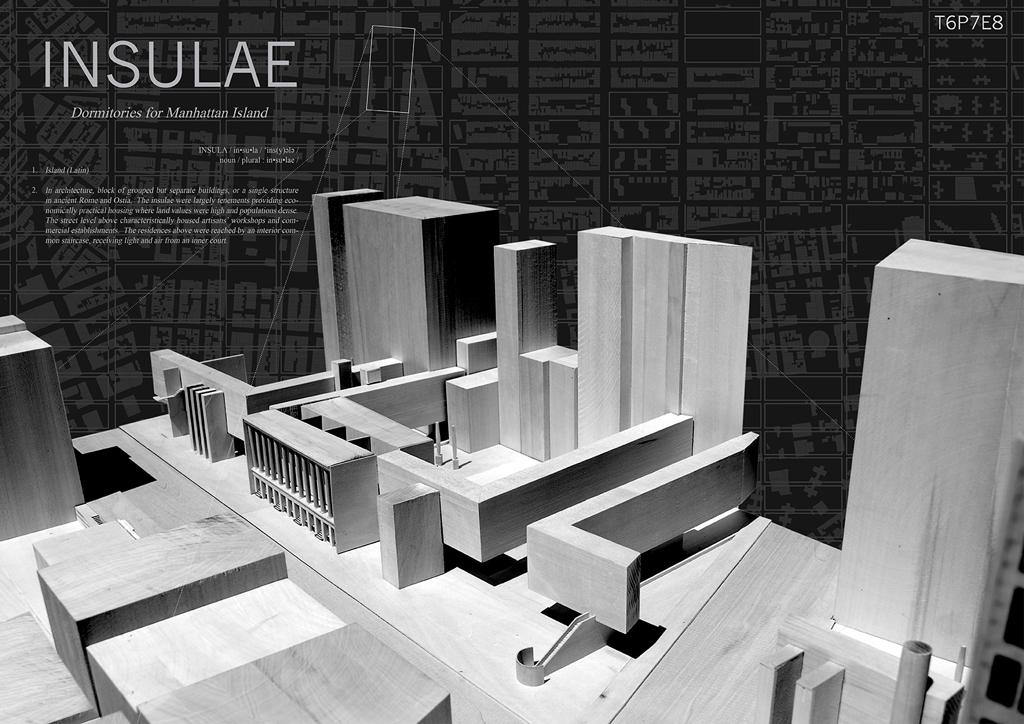Info:
Title: NEW YORK GLAMOUR - Code: U4F9L2Contest: NY / 2012
By: Joey YIM - Kenneth IP
Views: 3576 Likes: 2
Votes:
JOSHUA PRINCE-RAMUS5 EVA FRANCH I GILABERT2 ROLAND SNOOKS3 SHOHEI SHIGEMATSU2 ALESSANDRO ORSINI2 MITCHELL JOACHIM43.0
NEW YORK GLAMOUR

 New York has always been the centre of international commerce and free market capitalism, though it remains hugely fragmented in terms of its social distribution of capital. As the centre of international commerce, it epitomizes the mercantilism of Western society and the uneven distribution of wealth that capitalism has come to represent. New York of the 1920’s was fascinated with the airship and its promise of travel and glamour. Precisely because the airship never did develop into a mode of mass transportation, it forever exists in a utopian reality whereby its imagery is etched only as a notion of romantic allure. To separate programme from the physical form of architecture, airships become a viable future for additional programme within an existing building. Programme becomes separated from architecture and alludes almost to the Archigram notion of the Plug-in-City, though grounded in the realism of commerce and financial ability. It follows that only the super rich would be able to afford this luxury of space but even this is logical within a society of capitalist commercialism such as New York. The visibility of airships over New York represent both a harkening back to the New York of old while simultaneously exemplifying the capitalist condition that has come to dominate the city. For those who can afford it, any imaginable programme could now be accessed from the top of their office or apartment within the comfort and convenience of the city. Be it a swimming pool, a car showroom complete with test track or even an aquarium, such programmes are attainable as they float above the city in a pocket of helium.
New York has always been the centre of international commerce and free market capitalism, though it remains hugely fragmented in terms of its social distribution of capital. As the centre of international commerce, it epitomizes the mercantilism of Western society and the uneven distribution of wealth that capitalism has come to represent. New York of the 1920’s was fascinated with the airship and its promise of travel and glamour. Precisely because the airship never did develop into a mode of mass transportation, it forever exists in a utopian reality whereby its imagery is etched only as a notion of romantic allure. To separate programme from the physical form of architecture, airships become a viable future for additional programme within an existing building. Programme becomes separated from architecture and alludes almost to the Archigram notion of the Plug-in-City, though grounded in the realism of commerce and financial ability. It follows that only the super rich would be able to afford this luxury of space but even this is logical within a society of capitalist commercialism such as New York. The visibility of airships over New York represent both a harkening back to the New York of old while simultaneously exemplifying the capitalist condition that has come to dominate the city. For those who can afford it, any imaginable programme could now be accessed from the top of their office or apartment within the comfort and convenience of the city. Be it a swimming pool, a car showroom complete with test track or even an aquarium, such programmes are attainable as they float above the city in a pocket of helium.
Architecture is not only separated from building through the introduction of the airship; it is further used as a means of critique against the free market mercantilism which New York has come to represent, driving the city to a polemic. The basic rights to sunlight become a privilege to the rich, transforming the airship into a dissident object while complicating architecturally the social division of the city. Architecture gives voice to the undertone of discern within New York, translating into physical form the social conditions of the city.
The project brings back the romantic glamour of New York in its optimistic heyday, but faced with the complicated realities of the city that it is now, transforms into an architectural expression of capitalistic exploitation, polemicizing New York into the city of the elites and the city of the people.






